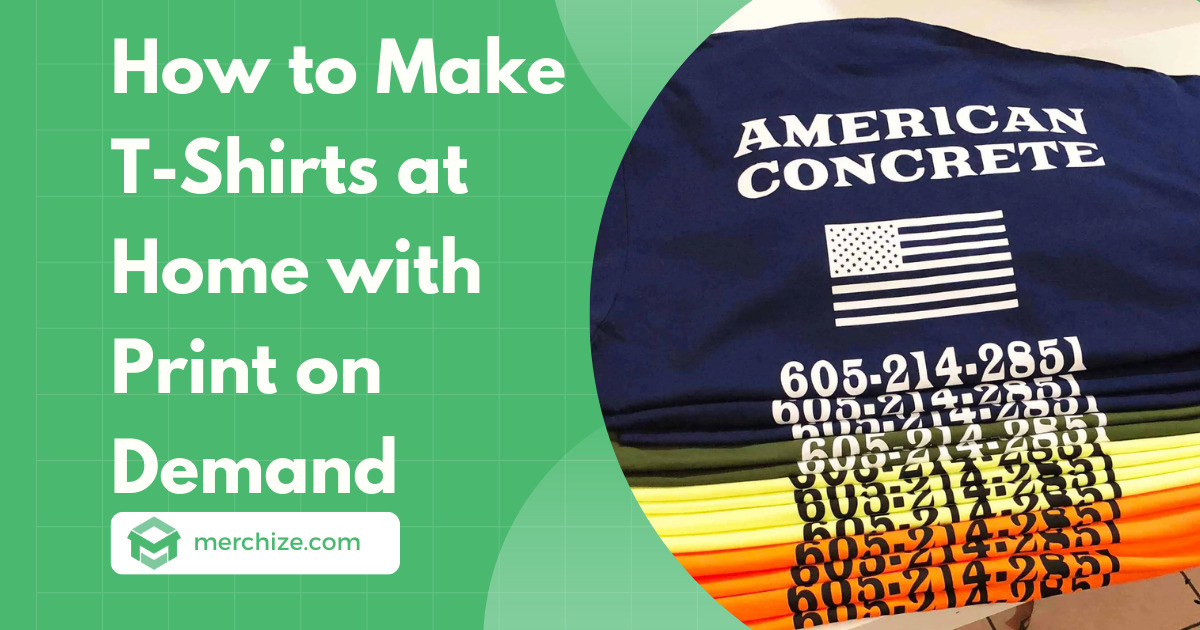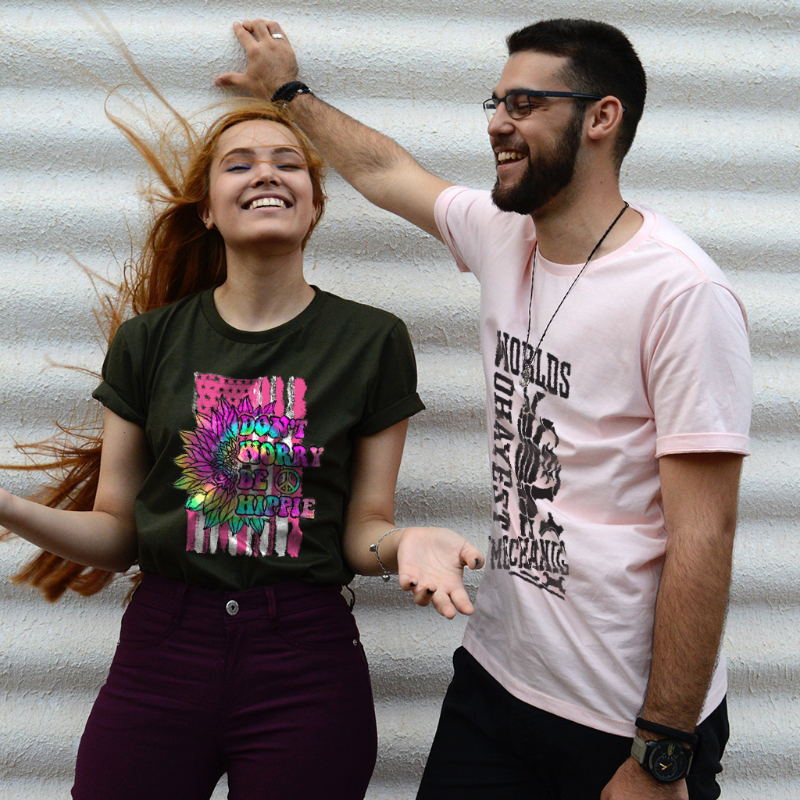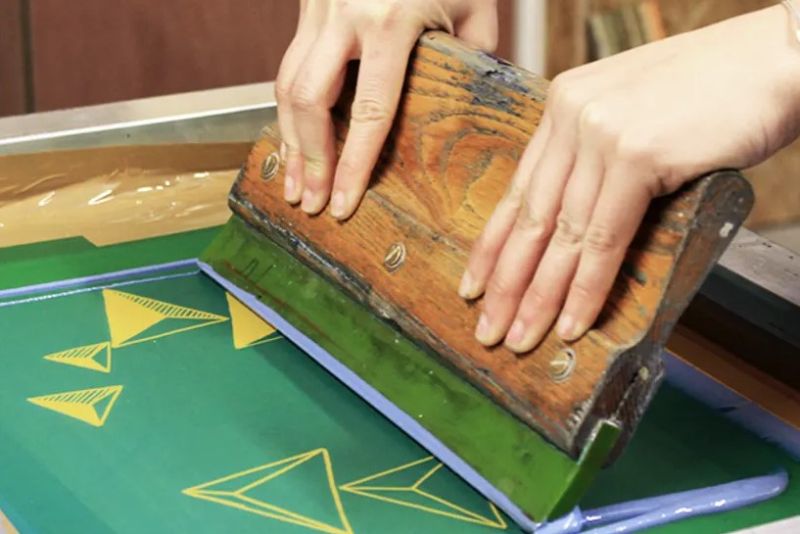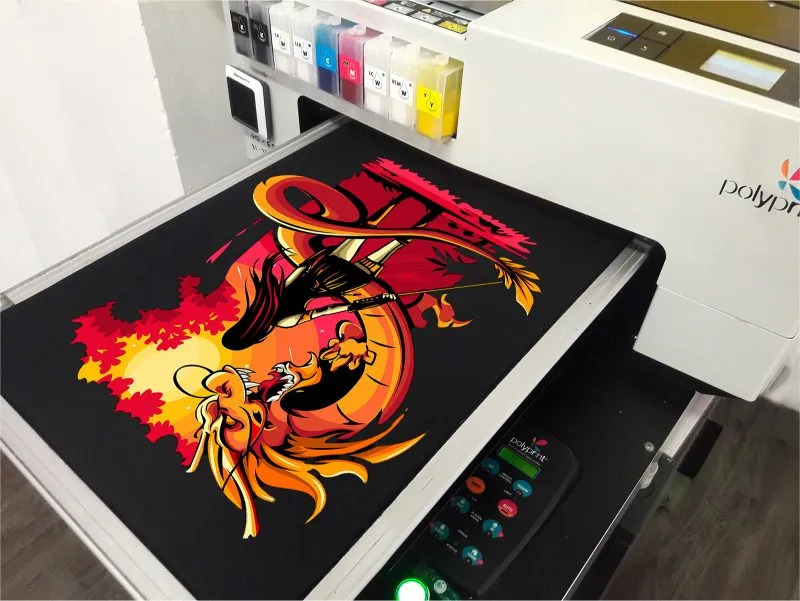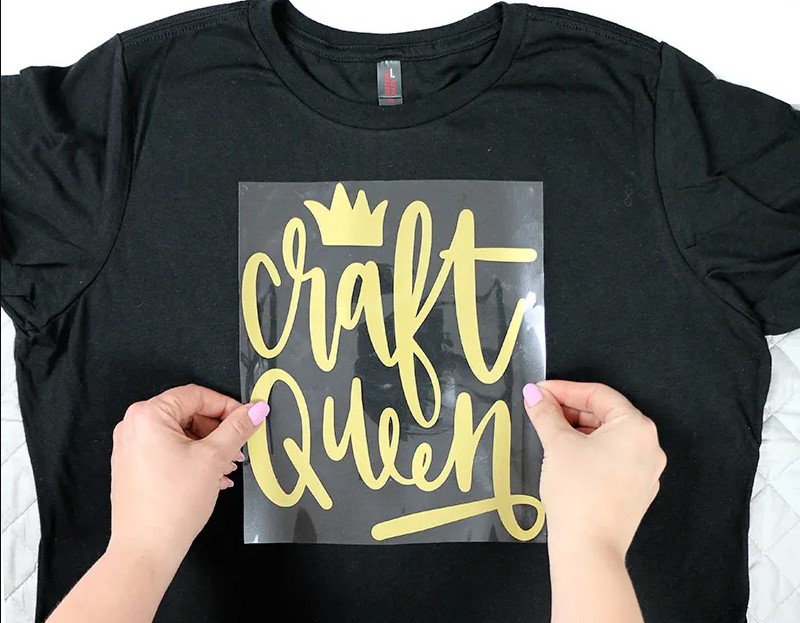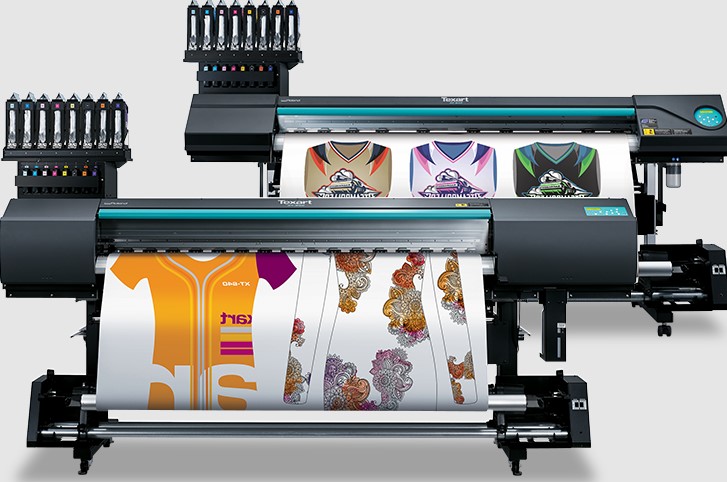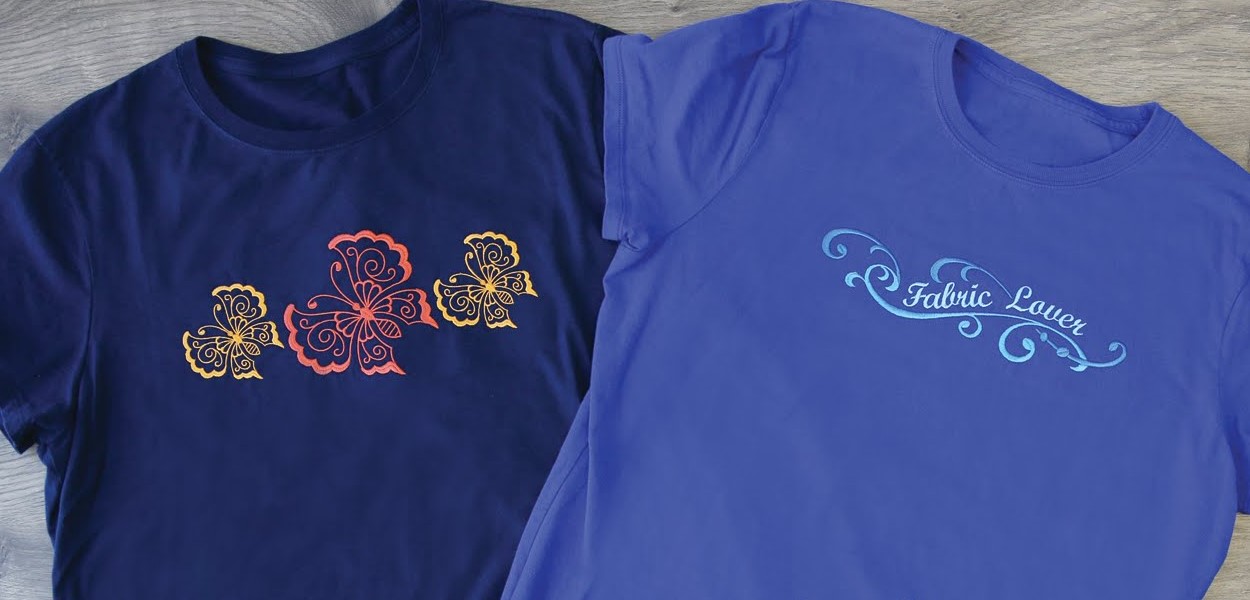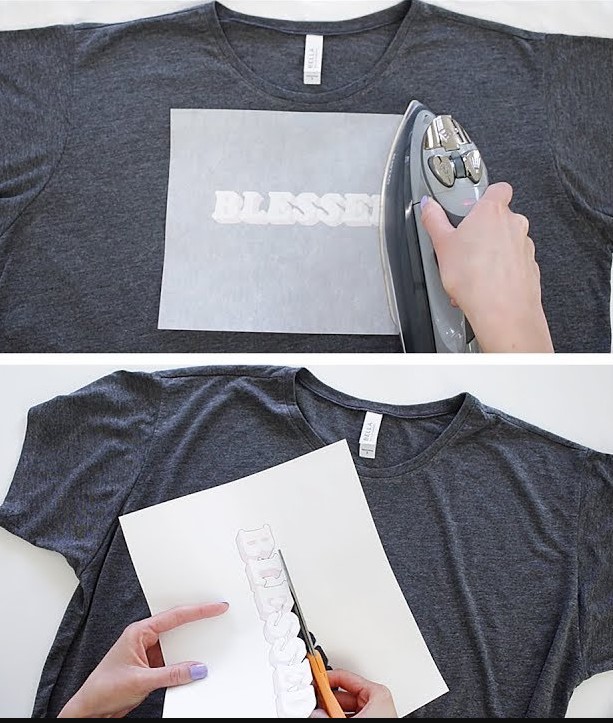Contents
Selling custom t-shirts online is a savvy business move in 2024. The online t-shirt market is currently valued at over $4 billion and is poised to grow by 10% over the next decade. Both individuals and major corporations are driving this spending, with sales expected to reach almost one t-shirt per person worldwide this year.
Starting an online t-shirt shop allows entrepreneurs to tap into this demand while avoiding the high overhead costs of a physical store. Without expenses like rent and utilities eating into margins, online retailers can focus more resources on marketing, designs, and overall product quality – three vital factors that ultimately determine profitability.
The ease of starting an online t-shirt business is another major perk. Simply create a digital storefront to instantly access a global consumer base. Compared to securing the perfect brick-and-mortar location and waiting on paperwork, selling custom t-shirts online is a smooth, instant process.
With low barriers to entry but high growth potential, opening an online t-shirt shop is one of our top recommended product ventures for 2024. Use this guide to learn strategies for marketing, designing, and selling creative t-shirts that consumers love to wear.
How to make shirts at home with print on demand
1. Brainstorming Innovative Design Ideas
First things first, you need to identify what kind of shirts you want to make and the designs you want to imprint on them. Are you aiming for a vintage aesthetic or a modern minimalist style? Maybe you wanna put your favorite quotes on ’em, or perhaps you’re all about displaying unique artwork? When it comes to tee design, the sky’s the limit, and that’s what makes it so cool.
Got a clear picture in your head? Great, now start sketching or turning your ideas into digital designs. Try to picture how your design’s gonna look on a tee and tweak it until you’re satisfied with the end result. emember, this is the foundation of your shirt creation process, so take a time and let your creativity do its thing.
2. Choosing a Print-on-Demand Service – Why Merchize?
Got your designs ready? Awesome, now it’s time to pick a print-on-demand service. This bit’s super important ’cause the look and feel of your tee and its print depends on the service you pick. When you’re scouting for the perfect print-on-demand service, think about factors like print quality, pricing, shipping costs, and how easy it is to use.
Merchize is one such service that stands out among its competitors. It offers superior print quality, competitive pricing, and user-friendly platform features. The ease of navigation is a breeze and their customer service is top-tier, making the whole shebang smoother and more efficient.
3. Creating Your Design with Precision
Having chosen Merchize as your print-on-demand service, you can now bring your designs to life. Merchize offers an intuitive design tool which you can use to refine your designs. You can either upload designs you’ve already made or use the tool to create new ones.
Remember to use high-quality images to make sure your designs pop and look crystal clear. The appeal of your tees hinges on your design, so keep your eyes peeled for any small details during this stage.
4. Selecting the Ideal Shirt
Happy with your design? Now it’s time to pick the perfect canvas – your tee. Most print-on-demand services offer a boatload of tee styles, sizes, and colors. Think about the material and color of the tee, ’cause these can really affect how your design will look when it’s printed. Take your time, browse through all the options, and pick what vibes best with your design.
5. Placing Your Order – The Home Stretch
Now comes the exciting part – placing your order. With your design ready and your shirt selected, you’re just a few clicks away from bringing your creation to life. Most print-on-demand services, including Merchize, manage the printing and shipping process like pros, making sure you get your custom tee in no time.
Types of T-Shirt Printing Methods
Tees have this super cool spot in our closets ’cause they’re so chill and you can jazz them up however you like. From expressive art to catchy slogans, the humble t-shirt can carry an array of designs, thanks to a variety of printing techniques. Each method has its strengths and weaknesses, so let’s dive in to understand them better.
Screen Printing
Screen printing is an age-old technique has been a big player in the tee printing game for ages, loved for its versatility and bang for the buck. Hailing from ancient China, screen printing, aka silkscreen or serigraph, works by pushing ink through a mesh screen onto the fabric.
The process begins with a stencil or emulsion which outlines the desired design and is applied onto the mesh screen. This stencil acts as a barrier, allowing ink to pass through only the design areas onto the t-shirt. The design is then transferred onto the fabric using a squeegee or fill blade, which pushes the ink through the mesh. This method yields sharp, high-resolution prints, ensuring your design stands out with precision and clarity.
Screen printing offers an economical solution for large batch printing due to its relatively low cost per unit after initial setup. Plus, the prints hang in there as long as the shirt itself does.
Mind you, screen printing needs a fair bit of space and can be a bit of a slog, especially if you’re doing lots of colors.Each color requires its own screen, making complex designs time-consuming to set up. But for those willing to invest the time and effort, screen printing delivers vibrant, long-lasting designs, making it an excellent choice for bulk printing projects.
Direct-to-Garment (DTG) Printing
Direct-to-Garment (DTG) printing is a technique as the name suggests, involves printing directly onto the fabric of the shirt. t’s like using a regular printer to print on paper, DTG employs a specialized fabric printer that offers unmatched consistency and high-quality outputs, making it a choice option for designs that require minute detailing and vibrant colors.
The operation of a DTG printer is straightforward. It initially prints the design onto a transfer media, akin to iron-on transfer paper. The design then gets moved onto adhesive paper with a heat-press method, followed by manual application onto the t-shirt. The result is a crisp, vivid print that is long-lasting and durable.
DTG printers, while providing a smooth and automated process, do require a considerable initial investment, with costs at a few grand for a personal printer or over ten grand for a pro one. But if you’re serious about your tee business, the investment’s worth it for the print quality and efficiency you get.
One cool thing about DTG printing compared to old-school methods like iron-ons is it works with loads of different fabrics, like polyester, even on low heat settings. This combined with the customization options in transfer media, like gloss or glitter, give DTG an edge in versatility and creativity. Despite having a slightly steeper learning curve, mastering DTG can significantly enhance your home-based t-shirt making venture.
Heat Transfer Vinyl (HTV)
Heat Transfer Vinyl (HTV) is a rad way to print designs on tees. It’s super versatile and comes in all sorts of colors and patterns, so you can cut it any way you like to make any design you dream up. HTV lets you do stuff you can’t with traditional methods, like raised or textured prints.
To print with HTV, you will need to invest in a vinyl cutter and a heat press machine. The cutter works like a printer, turning your digital design into a vinyl cut-out. Known for its versatility, HTV is available in various colors and patterns, which can be intricately cut to manifest any design your imagination crafts. HTV opens up the possibilities for distinct designs that traditional methods might not accommodate, including raised or textured prints.
The next step is where the magic happens. The HTV goes placed adhesive-side-down onto your t-shirt, and a heat press machine applies heat and pressure. The heat melts the adhesive, sticking the design firmly onto the fabric.
HTV might cost a bit more than other methods, but its benefits are a big deal. It’s great for small runs and lets you create unique, intricate designs on all kinds of fabric. There’s a bit of a learning curve with HTV, but once you’ve got it down, you’ll open up a whole new world of creativity and durability in your t-shirt making.
Sublimation Printing
Sublimation printing has carved its niche as one of the most effective and lasting printing methods, due to its innovative use of special inks that integrate entirely into the fabric. They also call it all-over-printing, and it’s a one-of-a-kind way to make the design uniquely bonds to the t-shirt like glue, so the image won’t fade, crack, or peel over time.
The whole deal with sublimation is using heat and pressure to turn the inks into gas that soaks into the fabric. Just so you know, sublimation’s best buddies with polyester or synthetic stuff; natural fabrics can’t take the heat, and the ink won’t blend as smoothly.
Despite the process’s complexity, the result is a vivid, vibrant, and long-lasting print, making it an attractive option for print-on-demand services. But, there’s a catch – setting up for sublimation printing ain’t cheap; you need a special printer, fancy inks, and sublimation transfer paper.
Fun fact, if you’re a newbie in the t-shirt printing biz, sublimation can work side-by-side with Heat Transfer Vinyl (HTV) printing. For dark t-shirts with basic designs, HTV is the way to go, while more complex designs might be better with a sublimation over HTV print.
Embroidery
Embroidery is a classical method of t-shirt printing that’s got a certain charm and screams quality and craftiness. Even with all the techy printing ways popping up, embroidery’s still holding its own when you’re after a simple design that’s built to last and looks awesome.
Unlike the rest, embroidery doesn’t need inks or heat to print designs. It uses colored threads stitched straight into the fabric, so you get a tactile, durable design that’ll survive a ton of washes without losing color. Plus, it’s super flexible – works with pretty much any fabric and fits all sorts of design ideas.
Even though doing it by hand needs some skill and a lot of patience, tech’s brought in automated embroidery machines that make the job quicker without skimping on quality. This means anyone can give embroidery a shot, even if they’ve never threaded a needle in their life.
Essential tools for manual embroidery include embroidery needles, scissors, and straight pins. You also need embroidery thread, a t-shirt, and tracing paper to sketch your design. Sure, it takes a bit to get the hang of it, but the cool textured designs you can make are totally worth the effort. If you’d rather take the easy road, check out print-on-demand embroidery services.
Iron-on Transfer Paper
Iron-on transfer paper printing stands out as an accessible and cost-effective method for DIY t-shirt printing. Great for hobbyists, artists, or families hunting for a fun creative endeavor. You can make your own t-shirts and put a personal spin on it.
You’re gonna need an inkjet printer to print a design onto transfer paper, and then you iron it onto a t-shirt. The basic gear for this are an inkjet printer, a standard iron, something cotton like a pillowcase for underlay, and some sharp scissors to snip out the design. Best results? Go for cotton shirts and get the right transfer paper (light or dark) from your local stationery or craft store.
The key steps in this process start with printing your design on the transfer paper, with specific steps based on whether you’re working with light or dark transfer paper. For light transfer paper, the image should be mirrored as it’s placed face down on the shirt. Dark transfer paper does not require mirroring.
Next up, get your materials ready by carefully cutting out the design, then iron the t-shirt on a hard, flat surface. Place the design on the shirt, and apply heat evenly with your iron. Chill out and let the design cool down before you peel off the transfer paper, and voila, there’s your custom t-shirt design.
Bear in mind though, this DIY method needs a bit of precision and patience. And the designs might not be as long-lasting as other methods, so handle with care while washing and ditch the tumble dryer to make them last longer.
Tips for creating successful designs
Understanding Your Target Audience
When it comes to designing shirts at home, knowing your target audience is super important. Ask yourself, who’s gonna be wearing these shirts? What do they dig, what’s their jam, or what gets them pumped? Once you’ve got these nailed down, you can whip up designs that not only suit their style but also speak to their hearts. The closer your design is to your audience’s identity, the more they’ll dig and relate to it.
Choosing a Relevant Theme or Message
Every great shirt design carries a theme or a message – a thing that clicks with the person wearing it and those checking it out. This could range from a funny one-liner, an inspiring quote, a ballsy political statement, or a quirky doodle. Make sure your vibe or point ligns well with your target audience’s interests to establish a deeper connection.
Embrace Simplicity
While fancy designs might look interesting, simplicity often rules when it comes to shirt designs. The fancier your design, the harder it can be for more challenging it can be for others to decipher and appreciate. Simple, striking designs stand out, are easy to get, and usually stick in the mind more. When it comes to designing shirts at home, remember, less is usually more.
Prioritize High-Quality Images and Fonts
How cool your design looks directly affects how cool it looks on your shirt. So, use top-notch pics and text that’ll look good when printed. Blurry or pixelated pics and tiny or tough-to-read text can drag down the whole effect of your design. By making sure your design’s elements are sharp, clear, and readable, you can really boost your shirt’s wow factor.
Test Your Designs
Your design might look awesome to you, but what does it look like in the eyes of your target audience? It’s always wise to test your designs before you begin selling your shirts. Gather feedback from a few individuals within your target audience to understand their perspectives. Remember, constructive criticism can be a powerful tool for refinement. Make any needed tweaks based on what they tell you to make sure your design hits the bullseye.
Tips for marketing your t-shirt business
- Leverage Email Marketing: Email marketing enables t-shirt entrepreneurs to engage customers in an automated, cost-efficient manner. Collect email addresses through your website and social channels. Send occasional promotions, new product launches, contests, and other updates to provide value and stay top of mind. Though open and conversion rates are declining with increased spam, email is still one of the highest ROI channels.
- Run Social Media Ads: Create highly targeted Facebook and Instagram ads to reach potential customers. Narrow by interests, behaviors, demographics, and more to hone in on your ideal audience. Dynamic product ads and retargeting help drive conversions. Split test ad variants to optimize performance. And leverage influencer marketing by having micro-influencers promote your shirts.
- Build Your Brand: Brand building goes beyond a logo and fonts. It’s conveying what your business uniquely stands for. Share your origin story, mission, and values across your website, product listings, email newsletters, and social channels. Use compelling visuals and messaging that resonate with your target demographic. Aim for consistent branding that customers associate with quality custom apparel.
- Offer Promotions: Promotions help incentivize purchases and can introduce customers to your brand. Offer first-time buyer discounts or seasonal sales like holiday promotions. Run contests where people engage with your social content for a chance to win a gift card. Referral programs that reward existing customers for referrals can also help word-of-mouth. Test different offers while tracking conversion rates to see what resonates most.
- Optimizing Your Website: Ensure your ecommerce site provides an excellent user experience. This builds trust and positions your shop as a premium brand. Key elements include high-quality product photos, detailed descriptions, secure checkout, responsive design, page speed, and SEO optimization. Provide multiple product views, size charts, customer images, and design customization options.
- Retain Customers: Acquiring new customers costs more than retaining existing ones. Use CRM features like saved profiles and order history to personalize repeat experiences. Send loyalty promotions, VIP early access to launches, and member-only perks. Offer SMS/text message updates customers can opt into for promo alerts. Provide exceptional customer service and fast fulfillment times to keep them coming back.
In a nutshell, starting up your own home-based t-shirt business is a fun adventure, packed with boundless potential. From dreaming up groovy patterns, picking the perfect print-on-demand service, to putting your mark out there, every bit is a jumble of creativity, biz know-how, and pure love. So, jump in, explore the possibilities, and watch your vision transform into wearable art that the world will adore. You’ve got this!
